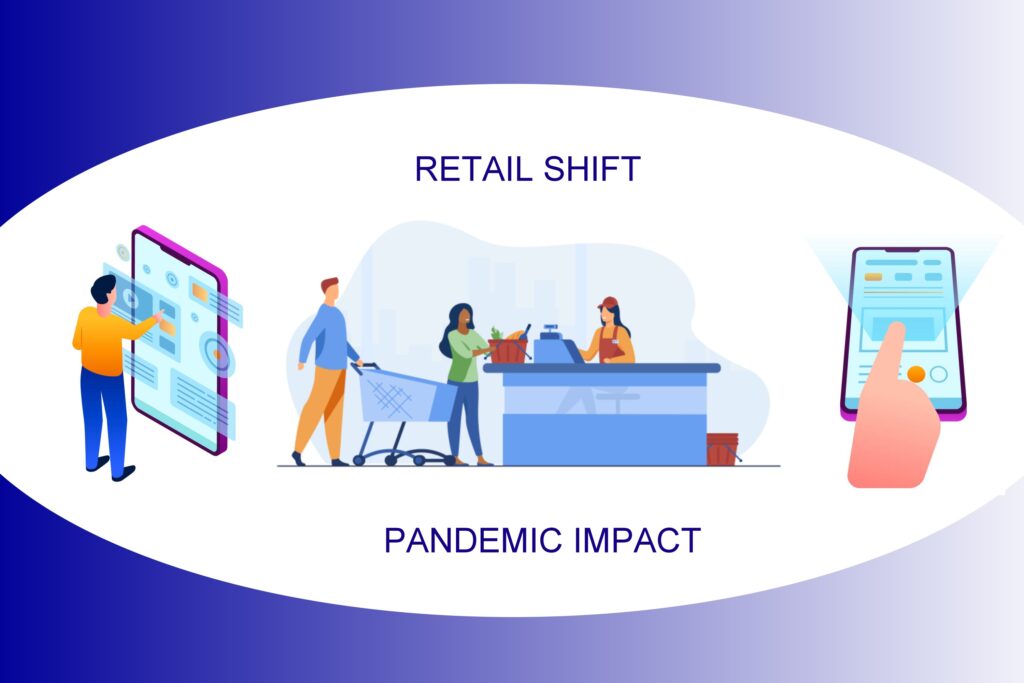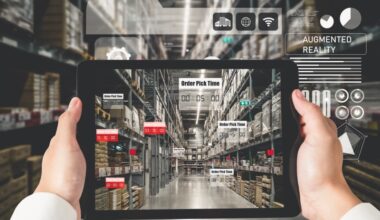
The year 2020 will be recorded in history as the most eventful year of the century. The infamous COVID-19 pandemic has upended industries across the globe, and the Indian retail industry is one of them. The entire retail trajectory shows a stark shift in consumer behavior and the way retail business is operating throughout the country. As per BCG & RAI joint report, the Indian retail sales decreased for the first time in 2020 after decades of continuous growth. Brick & Mortar retailing suffered the most while e-commerce saw a big leap. In 2019, India ranked second in the GRDI, Global Retail Development Index (GRDI). How about Indian retail growth prospects in 2021 and years to come? Let’s discuss in length the pre & post-pandemic status of the retail industry in India.
Consumer Purchase Behavior
In the Pre Covid era, years before 2020, the Indian retail industry saw a steady, smooth pattern in the buying behavior of consumers, their consumption pattern, and socio-demographic fundamentals were accounted for this steady growth. There was a demand for in-store shopping, and physical retail shops, malls, and supermarkets were dominant. In the meantime, e-commerce, b2c channels were also a big hit in the later part of the erstwhile decade.
In the Post Covid era, the aftermath of 2020, and the second wave that is still hovering around, the consumption patterns have started a big shift towards online retail and e-shopping. Indian consumers have become too precautious and preferring buying over online stores to visiting physical retail stores. Although lockdowns have been lifted in maximum places, the night curfew and weekend restrictions still playing hide&seek games influencing the physical retailing and consumers buying behavior.
Digital First Operations
In the pre-covid phase, the retail industry in India saw a mixed approach towards the digital adoption of modern tools and technologies. Retailers were not competing with retailers but with the influx of digital technologies to revamp the retail business model. While big retailers had moments with ‘Experiential Retail’, where adopting digital technologies was the core, small retailers (who fell into the unorganized retailing sector), failed to adapt to this change. Experiential retailing involved ATL, BTL animations, blended physical and digital shopping to deliver convenient accessibility, good customer experience, and solid in-store features. Digital technologies like IoT helped b2b in-store marketing efforts for retail brands. IoT tech helped retail in-store and malls in the lighting system, handling of electric switches as well as garbage disposal units, and the Point of Sales Units (PoS).
In the post–covid phase, the digital-first operations elevating to the next level. As per Anand Narang, VP- Marketing & Consumers experience, Bata India limited, the entire financial year 2020-21 has proved to be challenging for retail business across India, due to pandemic as well as countrywide lockdowns. However, Sales in Bata reached 15% of the total sales of the previous year thanks to digital channels. Also, they divided consumers into three categories- Digital Natives, Digital Adopters, Digital Novices. Thus, the post-covid retail in India is delivering services as per the very three categories of consumers. For this, they are adopting the Digital – First Approach. The social media front also helping businesses to combat the intangible effects of the pandemic.
Major Drivers
Pre-Covid Indian Retail saw a big surge in online retailing. The major drivers of online retail were:
- Increased penetration of the internet
- Smartphone users increased massively
- Online shoppers increased immensely
- Make In India initiative of Indian Government
The Indian government’s initiative of ‘Make in India’ propelled focus on the local manufacturing that led to creating more jobs, increasing the GDP per capita, which started making people reliable and improve their lifestyle.
Post-Covid Retail in India also seeing the above-mentioned drivers as major a boost to sustain the harsh impact of covid led lockdowns and retail shops shuttered down. However, the three major drivers for the post-covid retail are:
- E-Commerce/Digital Retail Channels
- Mobile App based Shopping
- Digital Wallets
While e-commerce or online retailing is thriving exponentially in India, even customers are enjoying the competitive prices and ever-increasing options for products at the minimum rates. Retailers in India are indeed rejoicing the impact as they need to spend less on real estate and can reach out to maximum customers even in tier-2 and tier-3 cities.
Predictions
- India’s e-commerce retail is expected to rise by 84% to USD 111B by 2024 (source-IBEF)
- Mobile shopping to increase 21% annually in next 4 years
- Online retail penetration to increase by 10.7% by the year 2024 (it was 4.7% in 2019)
Conclusion
The retail industry in India is expanding after a short-term hiatus. As per a recent joint report prepared by BCG and RAI, the shift in consumer preferences has been categorized into four categories- Mobile Phones, Staples, Food-Ordering, and Apparel. While some of these shifts are short-term, others will have long-term implications, for the supply-chain side. Mobile shopping, mobile apps, e-retail are going to thrive. The rapid urbanization, entry of foreign players, rising income as well as favorable demographics are going the be the major drivers for boosting the retail industry in India.
Are you prepared to cope up with evolving retail trends and challenges in these tough times? Reach us to know more.






